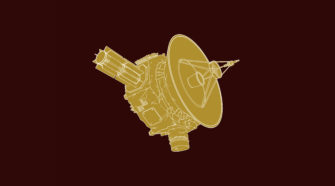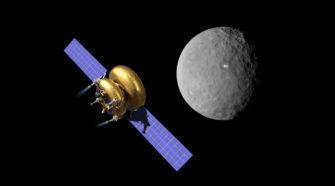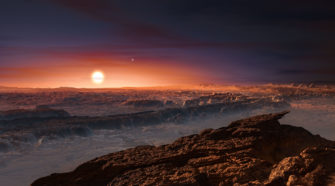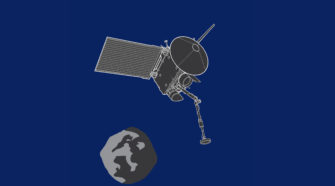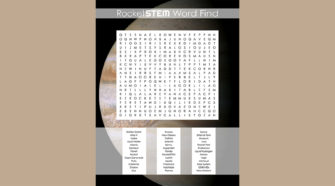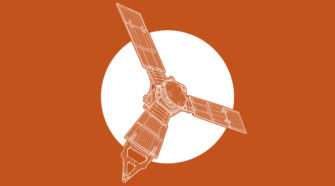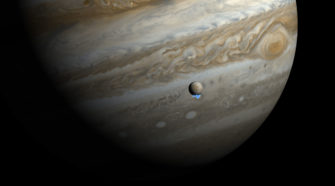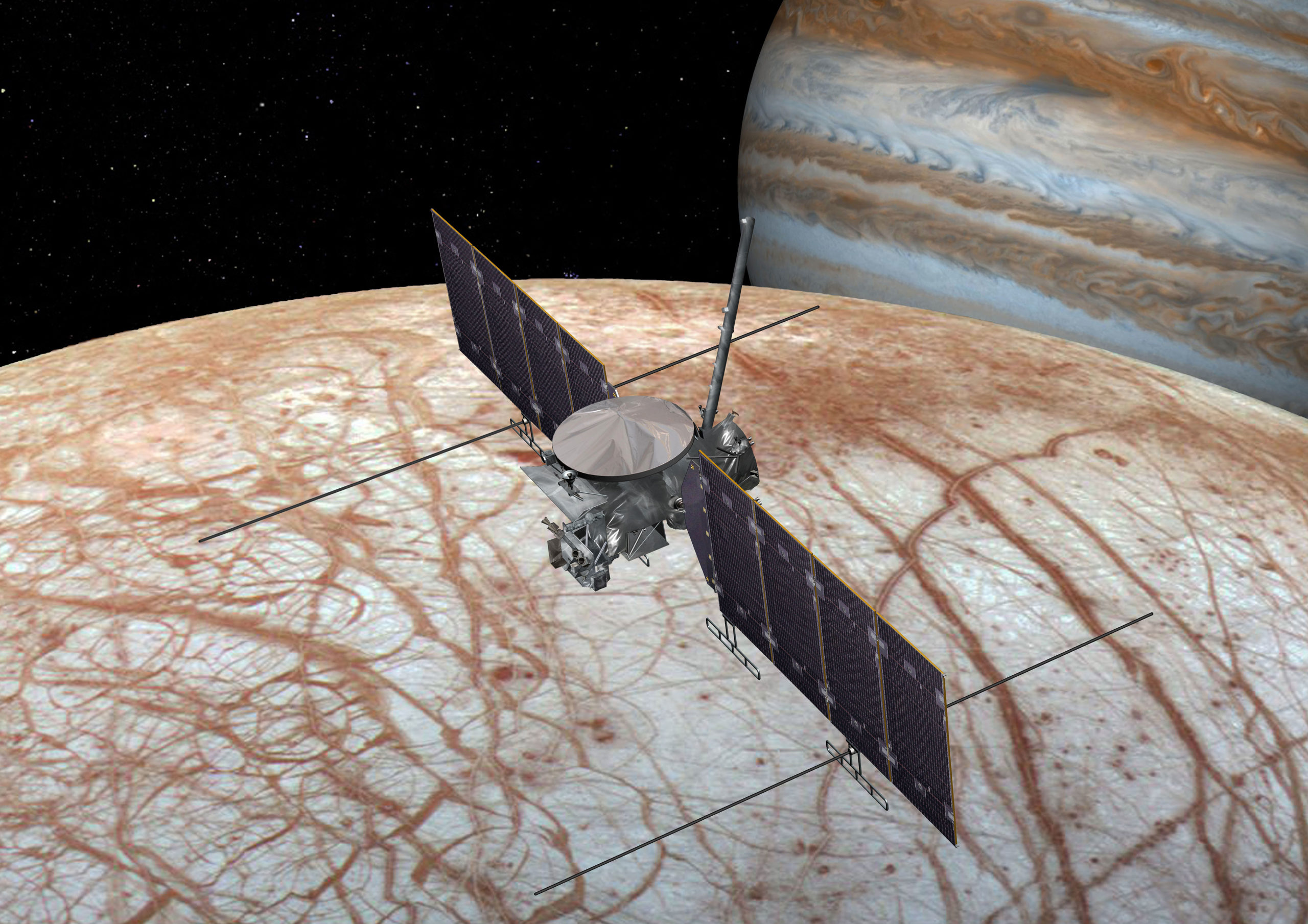Issue #13 (September 2016)
Glittering prizes within Pluto data
It is exactly one year since New Horizons hurtled through the Pluto system at 49,600 km/h, after a journey of nearly nine and a half years, its array of scientific instruments gathering precious data on this hitherto mysterious world and its family of moons. We shared in the thrill of the flyby and then watched in …
Mining the sky
Prospecting for treasure within the solar system The current cost of space travel, on a price per mass basis, is astronomically high. All puns aside, this is a major economic barrier that must be overcome. If we are to send humans to Mars, or anyplace really, we’re going to have to lower the cost of space travel. Companies …
Nearest star has planet in habitable zone
Earth-mass world spotted in orbit around Proxima Centauri Astronomers using ESO telescopes and other facilities have found clear evidence of a planet orbiting the closest star to Earth, Proxima Centauri. The long-sought world, designated Proxima b, orbits its cool red parent star every 11 days and has a temperature suitable for liquid water to exist …
OSIRIS-REx is bringing home a piece of an asteroid
Upon first hearing the name OSIRIS-REx, a picture of an unknown carnivorous dinosaur may come to mind. But OSIRIS-REx (Origins-Spectral Interpretation-Resource Identification-Security-Regolith Explorer) is actually an acronym that names an upcoming asteroid exploration mission. The spacecraft will travel to an asteroid target in a near-Earth orbit, perform scientific experiments, and become the first U.S. mission that …
Word Find • September 2016
Do your best to find these words scattered throughout the 13th issue of RocketSTEM magazine. This article appeared in the 13th issue of RocketSTEM.
Juno is unlocking Jupiter’s secrets
A spacecraft named Juno hopes to unlock more secrets about the largest planet in our solar system, Jupiter, by studying the planet from its core all the way out to its large magnetic field. The mission’s objective is to help us better understand the origins of our solar system by studying how Jupiter formed. Jupiter is …
The Jovian system
The Jovian system encompasses Jupiter, its rings and moons. Jupiter was reputedly discovered by the Babylonians approximately 2,800 years ago. Its moons were discovered by Galileo, in 1610, observed through a refracting telescope. The planet Jupiter Jupiter is the fifth planet in our Solar System counting out from the Sun, with an average orbital distance …
Myth, mystery and measurement onboard Juno
After traveling for five years, three Lego minfigs from Earth reached the planet Jupiter this summer. Traveling onboard a spacecraft named Juno, these are the first Lego minifigs to visit the largest planet in our solar system. Specially made from aluminum, they are designed be able to withstand the volatile conditions for 37 planned orbits …
Life on a moon? Exploring Europa
On a clear night, you can see the planet Jupiter with nothing more than your eyes, as it shines steady and bright against the background of glittering stars. If you take a closer look through a telescope, you can see tiny specks surrounding it. What if I told you that there may be life on …
Constructing a new ride: NASA’s deep space rocket takes shape in New Orleans
NASA has finished welding together the very first fuel tank for America’s humongous Space Launch System (SLS) deep space rocket currently under development. RocketSTEM had an up close look at the liquid hydrogen (LH2) test tank shortly after its birth as well as the first flight tank, within hours of completion of the milestone assembly …

